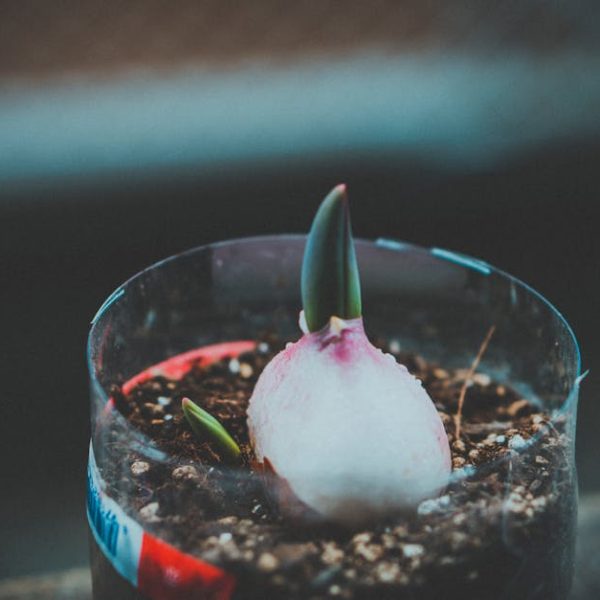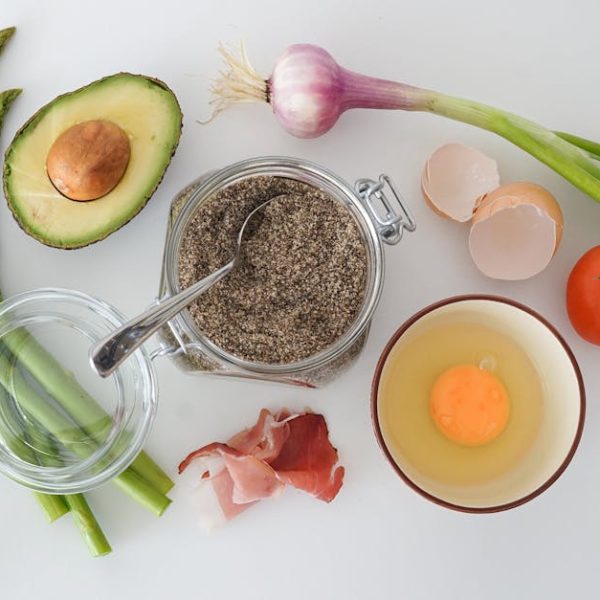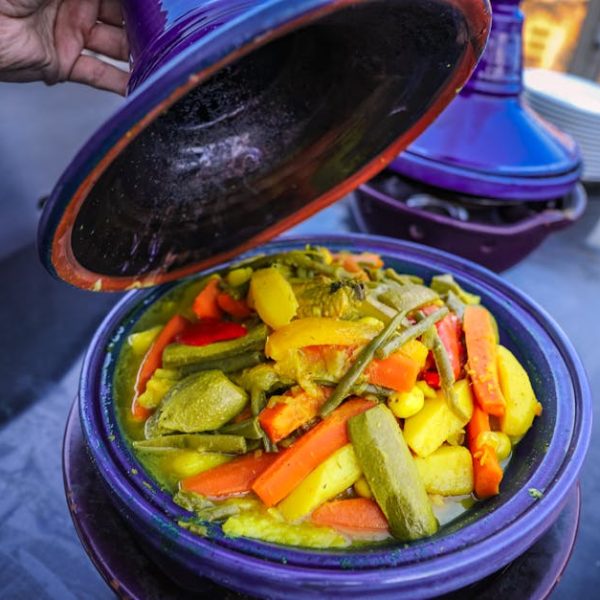Freezing Brussels sprouts is an excellent way to extend their shelf life and preserve their nutritional content, allowing one to enjoy these healthy green gems year-round. The process involves several steps, from selection and preparation to packaging and storage, each of which is key to maintaining the highest level of quality.
Choosing and Preparing Brussels Sprouts for Freezing
Picking the right Brussels sprouts for freezing starts with looking at their color, size, and freshness. Fresh and healthy sprouts are typically vibrant green and compact, with tight leaves and a firm feel. Wilted, yellowed, or loose-leafed sprouts may be past their prime and could affect the quality when frozen.
Preparation for freezing begins with a thorough washing to remove any dirt or loose leaves. This should be followed by trimming off any excess or damaged parts. Remember, the goal is to freeze sprouts that are in peak condition.
Blanching Brussels Sprouts Before Freezing
Blanching is a vital step in the freezing process. It involves boiling the sprouts briefly before plunging them into ice water. The process helps halt enzyme activity that can degrade the sprouts’ nutritional quality and color over time.
When blanching Brussels sprouts, keep in mind that smaller ones require less time than larger ones.
Pro tip: A general rule is to blanch small sprouts (smaller than 1 inch in diameter) for 3 minutes and large sprouts for up to 5 minutes.
Proper Packaging for Freezing Brussels Sprouts
Effective packaging is crucial to lock in the sprouts’ freshness and prevent freezer burn. Air-tight containment can be achieved using resealable plastic bags or vacuum-sealed bags, with each sprout spaced to avoid clumping together when frozen.
Checklist for Proper Packaging:
- Dry blanched sprouts thoroughly before packaging to prevent ice crystal formation.
- Ensure no air is trapped within the bag before sealing.
- Don’t overpack bags; leave room for the sprouts to expand without tearing the bag.
The Shelf Life of Frozen Brussels Sprouts
Frozen Brussels sprouts can last up to a year when properly stored. Factors that may affect their shelf life include the temperature of the freezer, the quality of their packaging, and their condition before freezing.
Best practice: Regularly assess your stock of frozen veggies for signs of freezer burn, odor change, or color change.
Pro tip: Manage your frozen supply by clearly labeling each bag with the freezing date.
Thawing and Using Frozen Brussels Sprouts
When you’re ready to use your frozen sprouts, knowing how to properly thaw them helps maintain their quality, flavor, and texture. Some recipes may even call for adding the frozen sprouts directly into the dish, skipping the thawing process completely.
Key points to remember when using frozen Brussels sprouts:
- If thawing, do so gradually in the refrigerator.
- Steam or boil them quickly to maintain their crunchiness.
- Avoid overcooking, which can lead to mushiness and a loss of nutritional value.
Pros and Cons: Cooking Frozen Brussels Sprouts Without Thawing Vs Thawing Them First
| Cooking Without Thawing | Thawing Before Cooking | |
|---|---|---|
| Pros |
|
|
| Cons |
|
|
Freezing and storing Brussels sprouts isn’t a complex process but does require a little know-how to get the best results. By following these tips and tricks, you’ll be well on your way to enjoying these green wonders any time you want, all year round!
Key Takeaway:
- Select the best Brussels sprouts for freezing based on color, size, and freshness.
- Blanching is a crucial process to halt enzyme activity and preserve the nutritional quality and color of sprouts.
- Proper packaging in air-tight containers is required to lock in freshness and prevent freezer burn.
- Frozen Brussels sprouts can last up to a year when properly stored.
- When ready to use, frozen sprouts can either be thawed gradually in the refrigerator or cooked directly, depending on the recipe.
In conclusion, freezing Brussels sprouts is a manageable process that allows you to savor these nutritious vegetables all year round. It only requires some preparation on your part to ensure their freshness and nutritional quality. Don’t shy away from this process; instead, embrace the opportunity to enjoy your favorite sprouts at any time!
FAQs
Q: Can I freeze Brussels sprouts without blanching them first?
A: Though it’s possible, blanching Brussels sprouts before freezing is highly recommended. This process preserves the quality, nutritional content, and color of the sprouts.
Q: What should I look for when choosing Brussels sprouts for freezing?
A: The best Brussels sprouts for freezing are firm, vibrant green, compact, and fresh, with tight leaves. Avoid wilted, yellowed, or loose-leafed sprouts as they may affect the quality when frozen.
Q: Is it necessary to thaw frozen Brussels sprouts before cooking?
A: Not necessarily. Some recipes might require you to add frozen Brussels sprouts directly into the dish, which all the more saves you time. However, if you choose to thaw them, do so gradually in the refrigerator.
Q: How should I package Brussels sprouts for freezing?
A: Brussels sprouts should be packaged in an air-tight container such as a resealable plastic bag or a vacuum-sealed bag. Ensure to space each sprout to avoid them clumping together when frozen.
Q: How do I know if my frozen Brussels sprouts have gone bad?
A: Always check your frozen Brussels sprouts for signs of freezer burn, odor change, or color degradation. Additionally, labeling the bags with a freezing date can help you manage your veggies effectively.
Feel free to share this article with others who might find it useful, and check out other posts on our website for more helpful tips and tricks.






